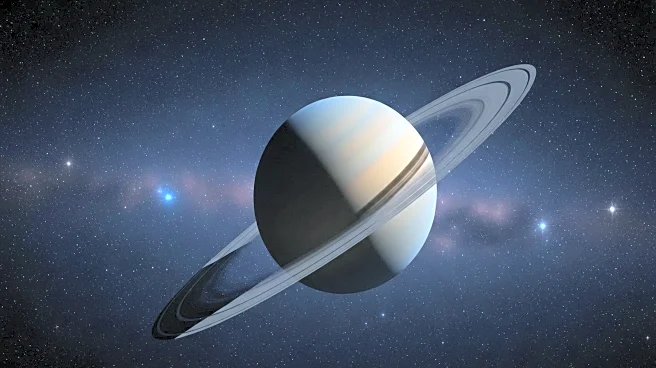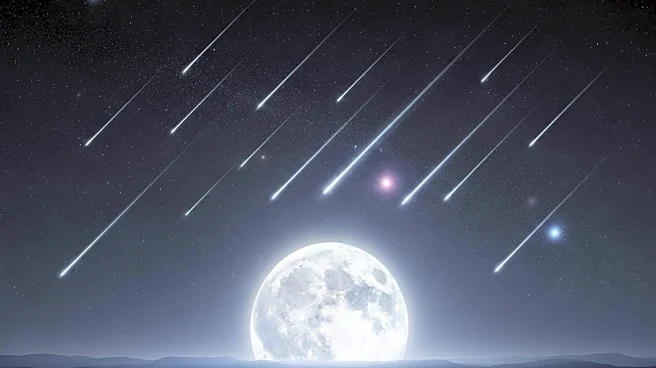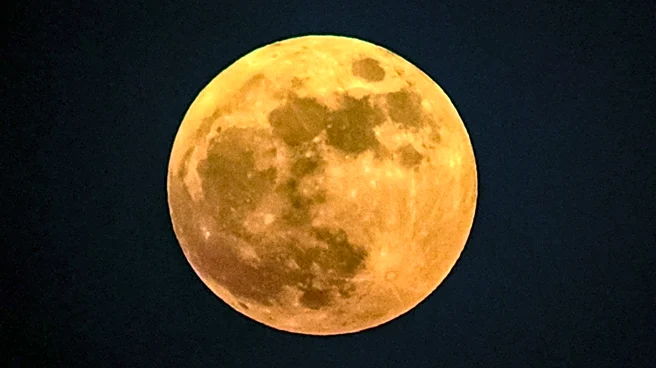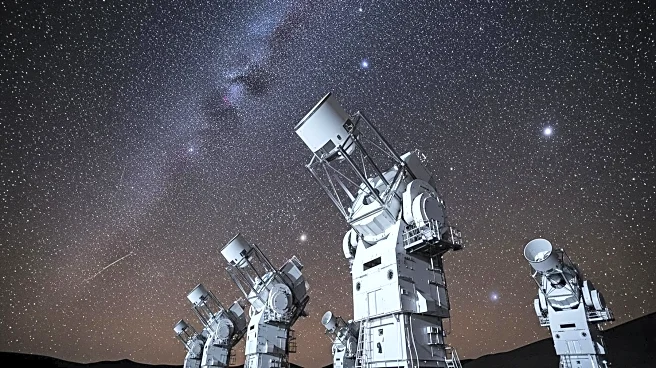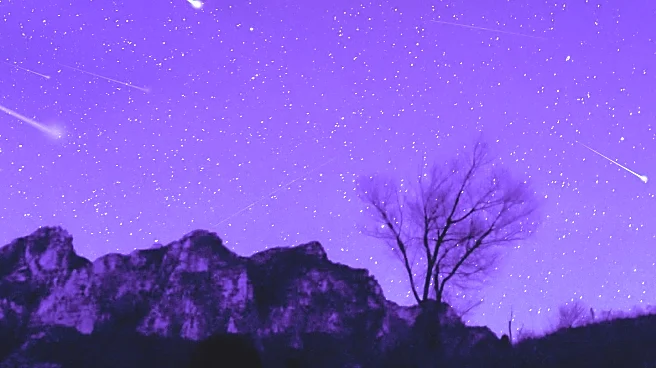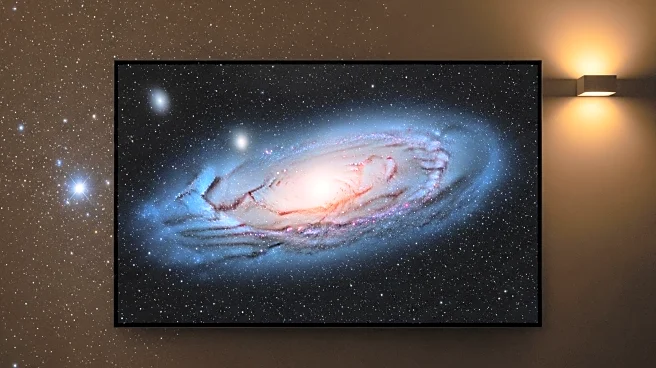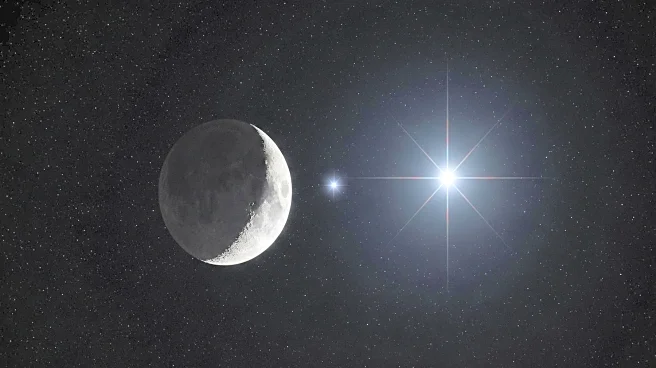What's Happening?
CNET reports that the first of four consecutive supermoons will appear on October 6, 2025. A supermoon occurs when the moon is within 90% of its closest approach to Earth, known as perigee, making it appear larger and brighter than usual. This particular supermoon is also designated as the harvest moon, a title shared between September and October depending on the timing of the full moon closest to the autumn equinox. The moon will rise around sunset and reach peak illumination at 11:47 p.m. ET, providing ample opportunity for viewing without the need for telescopic equipment.
Why It's Important?
The supermoon offers a unique visual spectacle that can be enjoyed by the general public, fostering interest in astronomy and natural phenomena. It provides an opportunity for educational institutions to engage students in discussions about lunar cycles and celestial mechanics. The event also has cultural significance, as harvest moons have historically been associated with agricultural practices and folklore. The increased brightness and size of the moon can enhance nighttime activities and photography, contributing to social media engagement and public interest.
What's Next?
Observers are encouraged to plan outdoor activities around the supermoon, taking advantage of its brightness for nighttime events. Photography enthusiasts may prepare to capture the moon's enhanced appearance, while educators can incorporate the event into science curricula. The supermoon will remain mostly full from October 4 through October 9, allowing multiple opportunities for viewing. Weather conditions will play a crucial role in visibility, and clear skies will be essential for optimal observation.
Beyond the Headlines
The supermoon highlights the importance of understanding lunar cycles and their impact on tides and ecosystems. It also serves as a reminder of the interconnectedness of celestial events and their influence on human culture and traditions. The event may inspire discussions about the preservation of dark skies and the reduction of light pollution to enhance astronomical observations.



